

La puerta azul(2015)
Movie: La puerta azul

La puerta azul
HomePage
Overview
Release Date
2015-04-05
Average
0
Rating:
0.0 startsTagline
Genres
Languages:
CatalàEspañolKeywords
Similar Movies
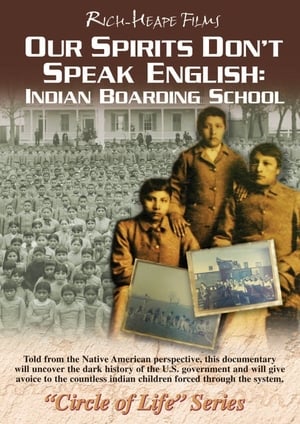 0.0
0.0Our Spirits Don't Speak English(en)
Told from the Native American perspective, this documentary will uncover the dark history of the U.S. government and will give a voice to the countless Indian children forced through the system.
 8.5
8.5You Are on Indian Land(en)
The territory of Akwesasne straddles the Canada-U.S. border. When Canadian authorities prohibited the duty-free cross-border passage of personal purchases - a right established by the Jay Treaty of 1794 - Kanien'kéhaka protesters blocked the international bridge between Ontario and New York State.
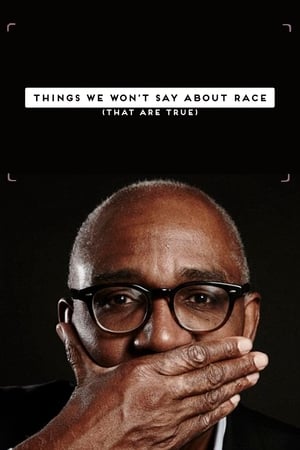 8.2
8.2Things We Won't Say About Race That Are True(en)
Trevor Phillips confronts some uncomfortable truths about racial stereotypes, as he asks if attempts to improve equality have led to serious negative consequences.
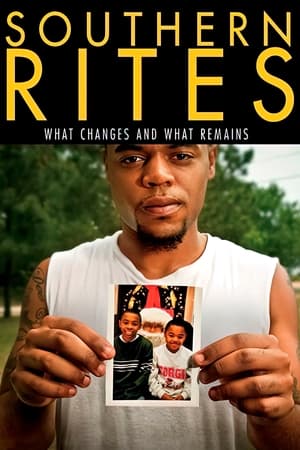 5.3
5.3Southern Rites(en)
Southern Rites visits Montgomery County, Ga., one year after the town merged its racially segregated proms, and during a historic election campaign that may lead to its first African-American sheriff. Acclaimed photographer Gillian Laub, whose photos first brought the area unwanted notoriety, documents the repercussions when a white town resident is charged with the murder of a young black man. The case divides locals along well-worn racial lines, and the ensuing plea bargain and sentencing uncover complex truths and produce emotional revelations.
 5.6
5.6Hair Piece: A Film for Nappy Headed People(en)
An animated satire on the question of self-image for African American women living in a society where beautiful hair is viewed as hair that blows in the wind and lets you be free. Lively tunes and witty narration accompany a quick-paced inventory of relaxers, gels, and curlers. This short film has become essential for discussions of racism, African American cinema, and empowerment.
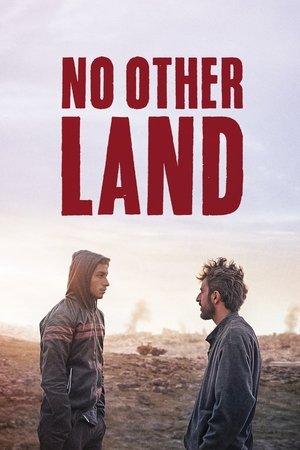 8.0
8.0No Other Land(ar)
This film made by a Palestinian-Israeli collective shows the destruction of the occupied West Bank's Masafer Yatta by Israeli soldiers and the alliance which develops between the Palestinian activist Basel and Israeli journalist Yuval.
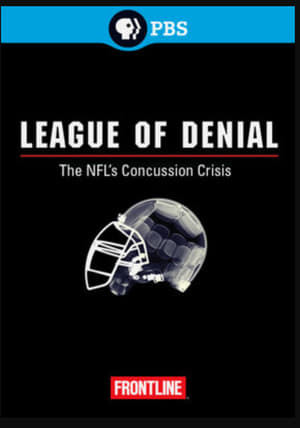 7.6
7.6League of Denial: The NFL’s Concussion Crisis(en)
Drawing on the book of the same name, League of Denial crafts a searing two-hour indictment of the National Football League’s decades-long concealment of the link between football related head injuries and brain disorders.
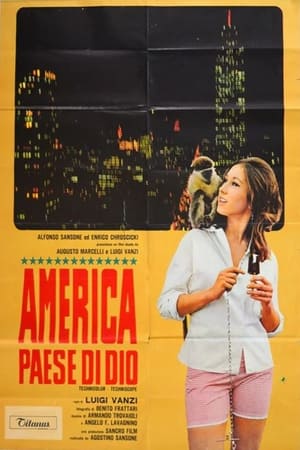 0.0
0.0So This Is God's Country?(it)
A Mondo documentary focused on the 1960's American lifestyle, consumerism, religion, adversity, and oddity. An outsider's look at a country afflicted by episodes of racism and neo -Nazism. Scenes of a Ghost Town, LSD in NYC, Sunset Strip Los Angeles California, Amish, Klu Klux Klan, African-American Fashion Show, etc.
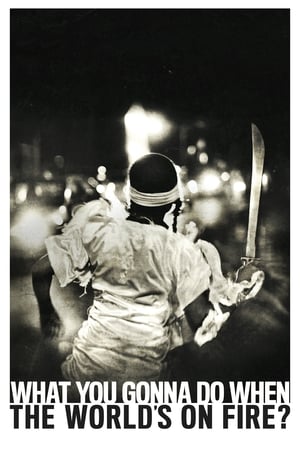 7.2
7.2What You Gonna Do When the World's on Fire?(en)
Summer 2017, a string of brutal police killings of young African American men has sent shockwaves throughout the country. A Black community in the American South tries to cope with the lingering effects of the past and navigate their place in a country that is not on their side. Meanwhile, the Black Panthers prepare a large-scale protest against police brutality.
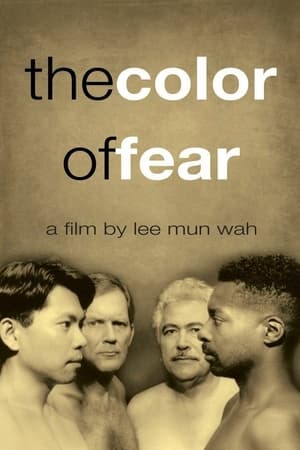 7.5
7.5The Color of Fear(en)
Diversity trainer Lee Mun Wah assembles a diverse group of eight American men to talk about their experience of race relations in the United States. The exchange is sometimes dramatic as they lay bare the pain that racism in the US has caused them.
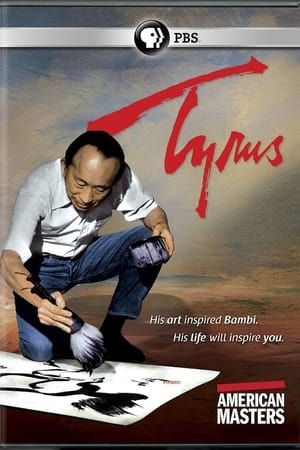 7.1
7.1Tyrus: The Tyrus Wong Story(en)
The unlikely story of 106-year old Chinese American artist Tyrus Wong, and how he overcame poverty and racism in America to become a celebrated modernist painter, Hollywood sketch artist, and “Disney Legend” for his groundbreaking work on the classic animated film, Bambi.
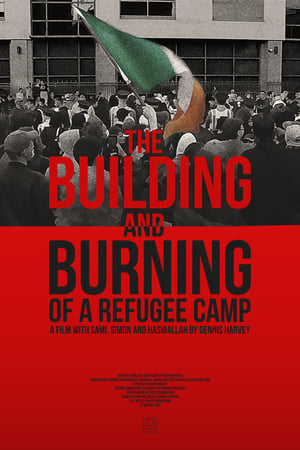 0.0
0.0The Building and Burning of a Refugee Camp(en)
Three men seeking asylum in Ireland find themselves on the streets, caught between restrictive migration policies and an increasingly aggressive far-right movement. Dennis Harvey captures an explosive sequence of events on the streets of Dublin.
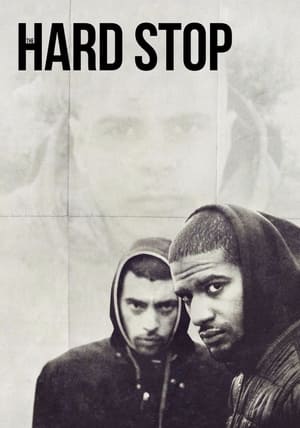 6.0
6.0The Hard Stop(en)
A reflection on the 2011 killing of Mark Duggan, a young, black, British man, at the hands of London's Metropolitan Police. Duggan was pulled over early one morning, and minutes later, was shot dead. This event ignited the now-infamous Tottenham riots and made headlines around the globe, but, as so often happens, the issue soon dropped from the news. Picking up the story where the media left off, we're brought back to its roots in Duggan's neighbourhood, following his friends' fight for justice and search for meaning, while struggling against ongoing discrimination in their daily lives.
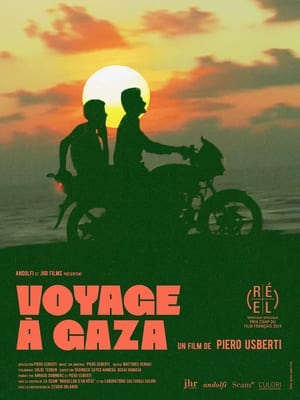 8.4
8.4Journey into Gaza(it)
“In Gaza you have to get there in the evening, in spring, lock yourself in your room and from there listen to the sounds coming in through the open window.... It's 2018. I am 25 years old and a foreign traveler. I meet young Palestinians my age..”
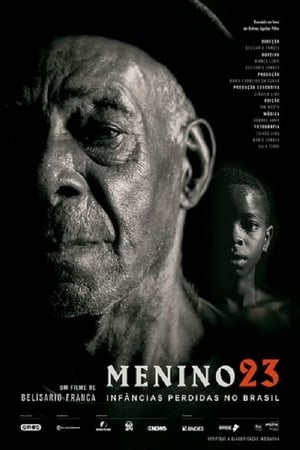 7.7
7.7Boy 23: The Forgotten Boys of Brazil(pt)
The film accompanies the investigation of the historian Sidney Aguilar after the discovery of bricks marked with Nazi swastikas in the interior of São Paulo. They then discover a horrifying fact that during the 1930s, fifty black and mullato boys were taken from an orphanage in Rio de Janeiro to the farm where the bricks were found. There they were identified by numbers and were submitted to slave labour by a family that was part of the political and economic elite of the country and who did not hide their Nazi sympathizing ideals.
 5.5
5.5Handsworth Songs(en)
The Black Audio Film Collective’s acclaimed essay film, 'Handsworth Songs', examines the 1985 race riots in Handsworth and London. Interweaving archival photographs, newsreel clips, and home movie footage, the film is both an exploration of documentary aesthetics and a broad meditation social and cultural oppression through Britain’s intertwined narratives of racism and economic decline.
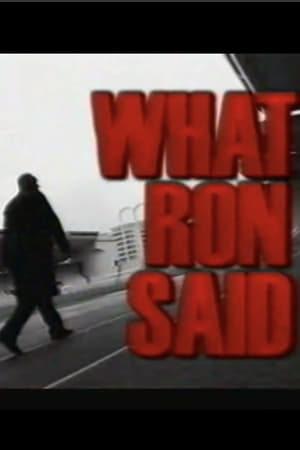 10.0
10.0What Ron Said(en)
A look at the end of the footballing television career of Ron Atkinson
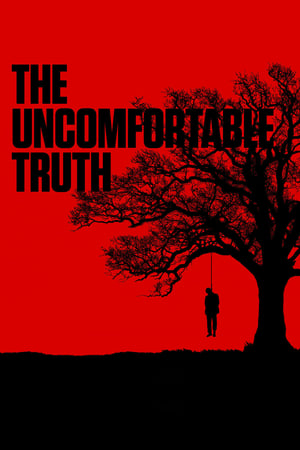 0.0
0.0The Uncomfortable Truth(en)
When the award-winning filmmaker of "An Ordinary Hero", Loki Mulholland, dives into the 400 year history of institutional racism in America he is confronted with the shocking reality that his family helped start it all from the very beginning.
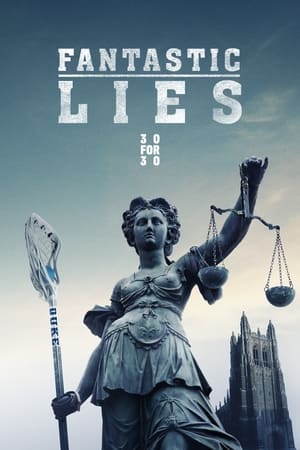 7.2
7.2Fantastic Lies(en)
One night in Durham, North Carolina, a rape accusation set fire to the reputations of three college athletes and their elite university. As the Duke lacrosse players grappled with their transition from model student to the criminally accused, several wars were launched on different fronts.
 7.7
7.7Scandalize My Name: Stories from the Blacklist(en)
A look at the confluence of the Red Scare, McCarthyism, and blacklists with the post-war activism by African Americans seeking more and better roles on radio, television, and stage. It begins in Harlem, measures the impact of Paul Robeson and the campaign to bring him down, looks at the role of HUAC, J. Edgar Hoover and of journalists such as Ed Sullivan, and ends with a tribute to Canada Lee. Throughout are interviews with men and women who were there, including Dick Campbell of the Rose McLendon Players and Fredrick O'Neal of the American Negro Theatre. In the 1940s and 1950s, anti-Communism was one more tool to maintain Jim Crow and to keep down African-Americans.